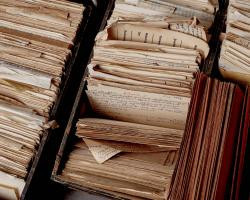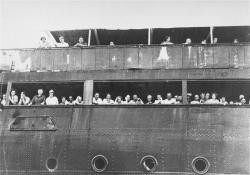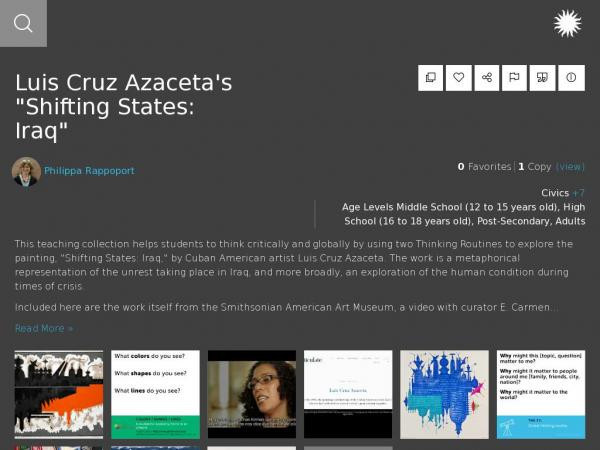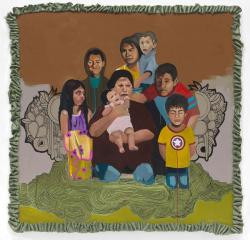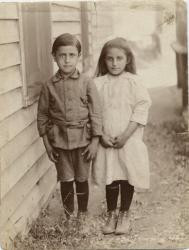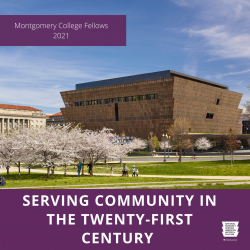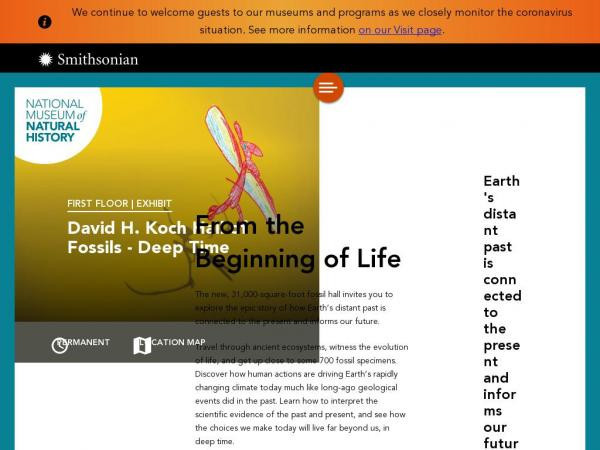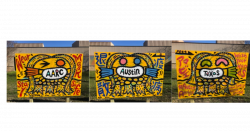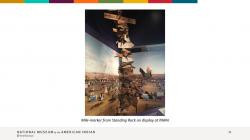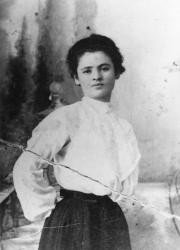Philippa Rappoport
I work in education and engagement, teacher professional development, and outreach at the Smithsonian Office of Educational Technology (OET), and have a particular interest in developing and producing trainings, programs, teaching techniques, and platforms that foster deep learning and contribute knowledge to improve practices in museum and preK-16 education and engagement. At OET over the last decade+, I created digital assets for schools, families, and new immigrant English Language learners to complement teacher professional development and pan-Smithsonian programming, including Learning Lab teaching collections, YouTube videos with tradition bearers, a handmade family stories book-making website, and online heritage tours.
Philippa Rappoport's collections
We the People: Smithsonian-Montgomery College Faculty Fellowship 2018 Opening Panel Resources
 Philippa Rappoport
Philippa Rappoport
Looking Past Words: An Exploration of Language, Systems, and Power through Three Case Studies
 Philippa Rappoport
Philippa Rappoport
Facing Genocide: The US Response to the Holocaust
 Philippa Rappoport
Philippa Rappoport
(Re)Imagining Youth Engagement: National Museum of the American Indian
 Philippa Rappoport
Philippa Rappoport
Central American Traditions Festival: Demonstrations, Interviews, and How-To Videos
 Philippa Rappoport
Philippa Rappoport
Raven Steals the Sun: A Celebration of Tlingit Culture
 Philippa Rappoport
Philippa Rappoport
Exploring the History of Rice Cultivation in the United States
 Philippa Rappoport
Philippa Rappoport
Interpreting Content from the Smithsonian Transcription Center: Oral Interviews from the Faris and Yamma Naff Arab American Collection
 Philippa Rappoport
Philippa Rappoport
Serving Community in the 21st Century: Presentations from the National Museum of African American History and Culture
 Philippa Rappoport
Philippa Rappoport
Introductory Activity to Generate Discussion about Ethnic Studies and Digital Museum Resources (#EthnicStudiesY2)
 Philippa Rappoport
Philippa Rappoport
American Indian Responses to Environmental Challenges
 Philippa Rappoport
Philippa Rappoport
Reimagining a National Symbol: The Immokalee Statue of Liberty, by Kat Rodriguez
 Philippa Rappoport
Philippa Rappoport

